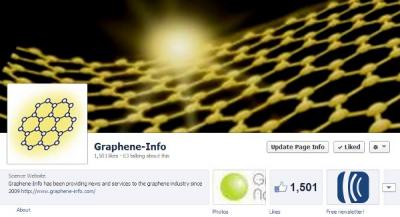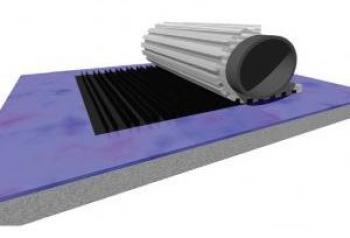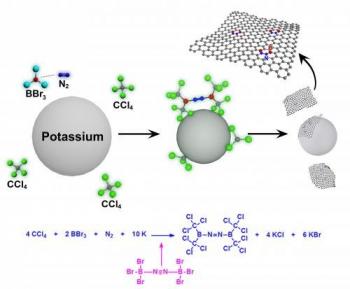The world's largest graphene production plant is now operational in China
In July we reported that China's Ningbo Morsh Technology is establishing a new graphene production line that will have an annual capacity of 300 tons (or tens of millions of graphene films). The line was supposed to be operational by August 2013, and now there are reports from china that finally production began.
The report further says that China plans to build a state-level graphene industrialization base in China's Chongqing Municipality. Within 5 years, they hope to reach revenues of 100 billion yuan ($16.35 billion). If the capacity is indeed 300 tons per year, than China is now the world's leading graphene producer by far.



